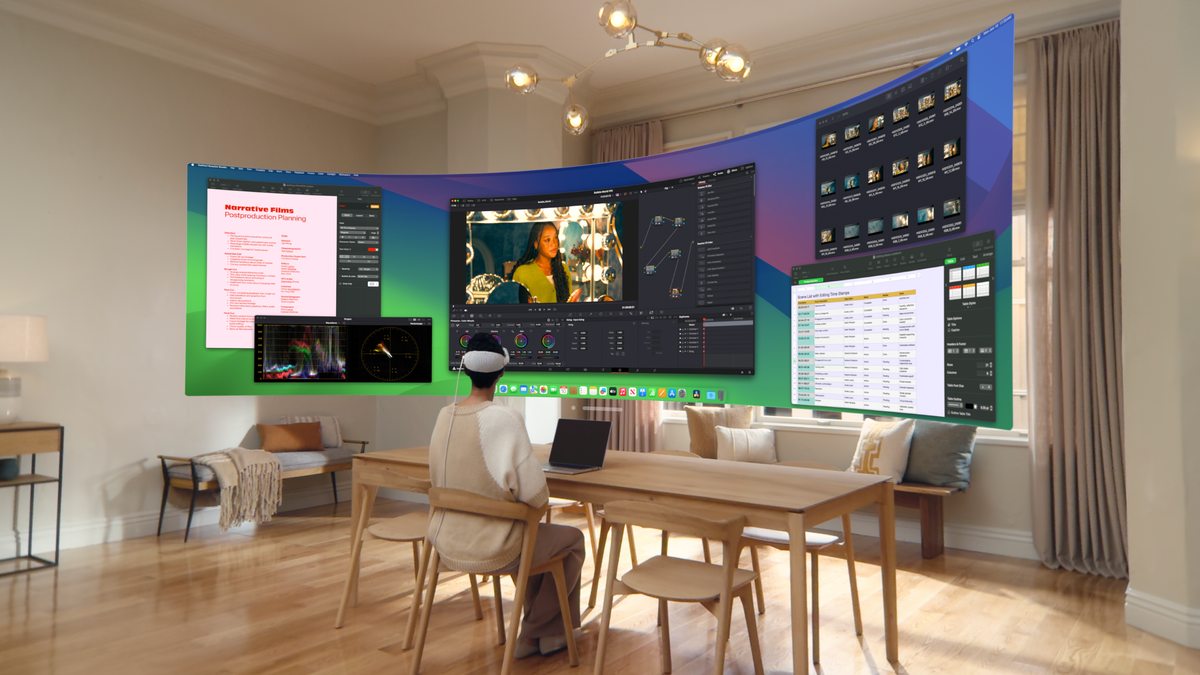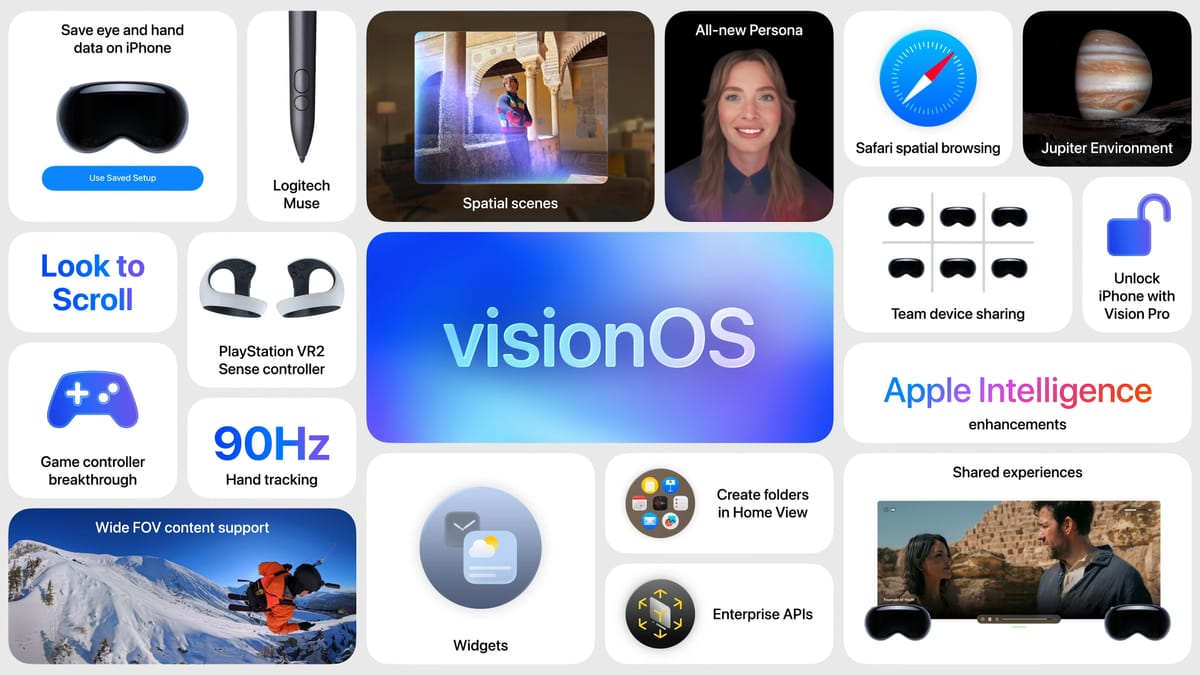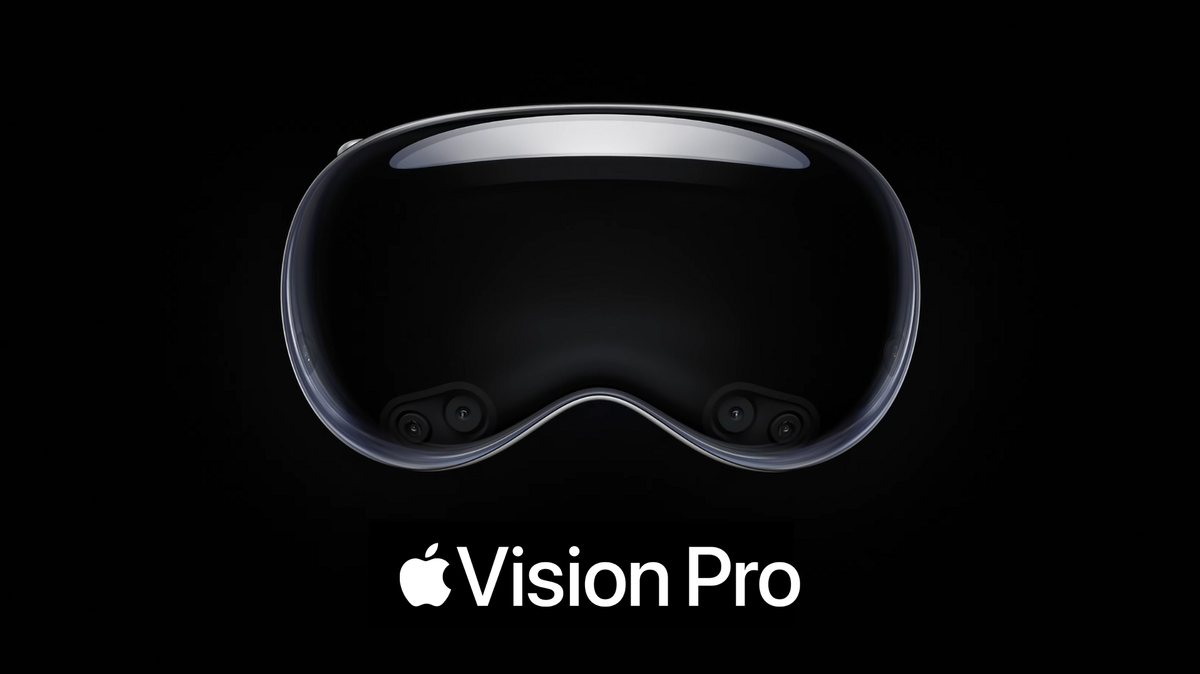Tim Cook says that Apple continues to be “very focused” on visionOS.
“This is an area that we really believe in”, Cook told investors during Apple’s fiscal Q3 2025 earnings call this week.
“I was thrilled with the release from the team on visionOS 26. It includes many things in it, like Spatial Widgets to enable users to customize their digital space. The Personas took a huge increase, they’re much more lifelike.
And of course there’s new enterprise APIs for companies as well. And as Kevan talked about in his opening remarks, we’re seeing those things resonate out with CAE and other customers.
And so we continue to be very focused on it. And I don’t want to get into the roadmap on it, but this is an area that we really believe in!”
With a starting price of $3500, driven by its use of expensive and supply-constrained 4K micro-OLED displays, Apple Vision Pro was never going to be a breakout mass market hit. And Apple seems aware of this, given the product’s name and Tim Cook’s past comments.
Back in October, for example, Cook said this about Apple Vision Pro to The Wall Street Journal:
“At $3,500, it’s not a mass-market product”
“Right now, it’s an early-adopter product. People who want to have tomorrow’s technology today—that’s who it’s for. Fortunately, there’s enough people who are in that camp that it’s exciting.”
visionOS 2.2 Brings Ultrawide Mac Virtual Display
The Wide and Ultrawide modes for Mac Virtual Display have now arrived for all Apple Vision Pro owners in visionOS 2.2.

Further, Apple also significantly improved visionOS since Vision Pro’s release, with a steady stream of software updates.
The first feature update arrived in visionOS 1.1, Spatial Personas. This extended the system’s realistic avatars from a 2D rectangle container into true 3D space, a step-change for telepresence technology.
In September last year, Apple released visionOS 2, the first major update.
visionOS 2 brought hand gestures for opening the main menu and control center, the ability to turn any photo into a spatial photo, improved hand tracking and scene understanding, WebXR by default in Safari, the ability to AirPlay your iPhone or iPad to a window, a Bora Bora virtual environment, the ability to see your physical keyboard, mouse support, guest user improvements, static 3D object tracking, train support for Travel Mode, Live Captions, new developer features, and raw camera access for enterprise.
Then, visionOS 2.2 in December brought Wide and Ultrawide modes for Mac Virtual Display, letting you view your Mac on a virtual Wide aspect ratio screen, or even an enveloping panoramic Ultrawide screen. The Ultrawide mode has 10K horizontal resolution, as if you have two 5K monitors side by side, made possible thanks to foveation. Further, with visionOS 2.2 the audio from your Mac is now routed to Vision Pro, whereas previously it still played through the Mac.
Most recently, in March Apple launched visionOS 2.4. It brought Apple Intelligence, a Spatial Gallery app, an iPhone app for remote installs, and a new iPhone/iPad-driven guest flow.
visionOS 26 Brings PS VR2 Controllers, Photorealistic Personas, Spatial Scenes & More
visionOS 26 will bring PS VR2 controllers & Logitech Muse stylus support, much more realistic Personas, spatial Widgets, volumetric Spatial Scenes, local SharePlay, and much more.

In coming months, Apple is set to launch the biggest Vision Pro update yet, visionOS 26.
visionOS 26 will bring PlayStation VR2 Sense controllers & Logitech Muse stylus support, significantly more realistic Personas, spatial Widgets, 90Hz hand tracking, volumetric Spatial Scenes, local SharePlay, Spatial Browsing in Safari, native 180° & 360° video support, and much much more.
M4 Apple Vision Pro With New Strap Reportedly Launching This Year
An Apple Vision Pro refresh with an M4 chip and more comfortable strap will launch “as early as this year”, Bloomberg’s Mark Gurman reports.

Later this year, Apple reportedly also plans to refresh the Vision Pro headset with an M4 chip, up from the current M2 chip, as well as a more comfortable strap.
The current Apple Vision Pro uses the M2 chipset. Apple claims M4 has a 50% more powerful CPU and 4 times more powerful GPU than M2, suggesting the M4 Vision Pro could deliver a significant performance increase, even without the M5. The Neural Engine is also more than twice as powerful, which could enhance the headset’s computer vision capabilities.
Apple Vision Air With Far Cheaper & Lighter Design Reportedly Coming In 2027
Apple Vision Air is coming in 2027, with a “significantly” lower price and over 40% weight reduction, supply chain analyst Ming-Chi Kuo claims.

This launch is likely to be a relatively minor hardware refresh. According to supply chain analyst Ming-Chi Kuo, Apple plans to launch a far cheaper and lighter headset which he tentatively calls ‘Apple Vision Air’.
According to Kuo, Apple Vision Air will be over 40% lighter than today’s Vision Pro, and have a “significantly lower price point”.
He claims that this weight and price reduction will be achieved, at least partially, by using A-series chipset (specifically, the one also set to be used in the iPhone 19 Pro), fewer sensors, plastic instead of glass, and magnesium instead of aluminum.
These details line up with what Bloomberg’s Mark Gurman has previously reported. Before Vision Pro was even revealed, Gurman reported that Apple was working on a cheaper model with an A-series chip, and he later said that it’s “likely” to not have the EyeSight lenticular display, which Vision Pro uses to show a rendered version of your eyes to people nearby.
As always though, we should caution that there’s no guarantee that these reports are accurate, and Apple’s plans could change at any time.
Source link
#Apple #Continues #Focused #visionOS










